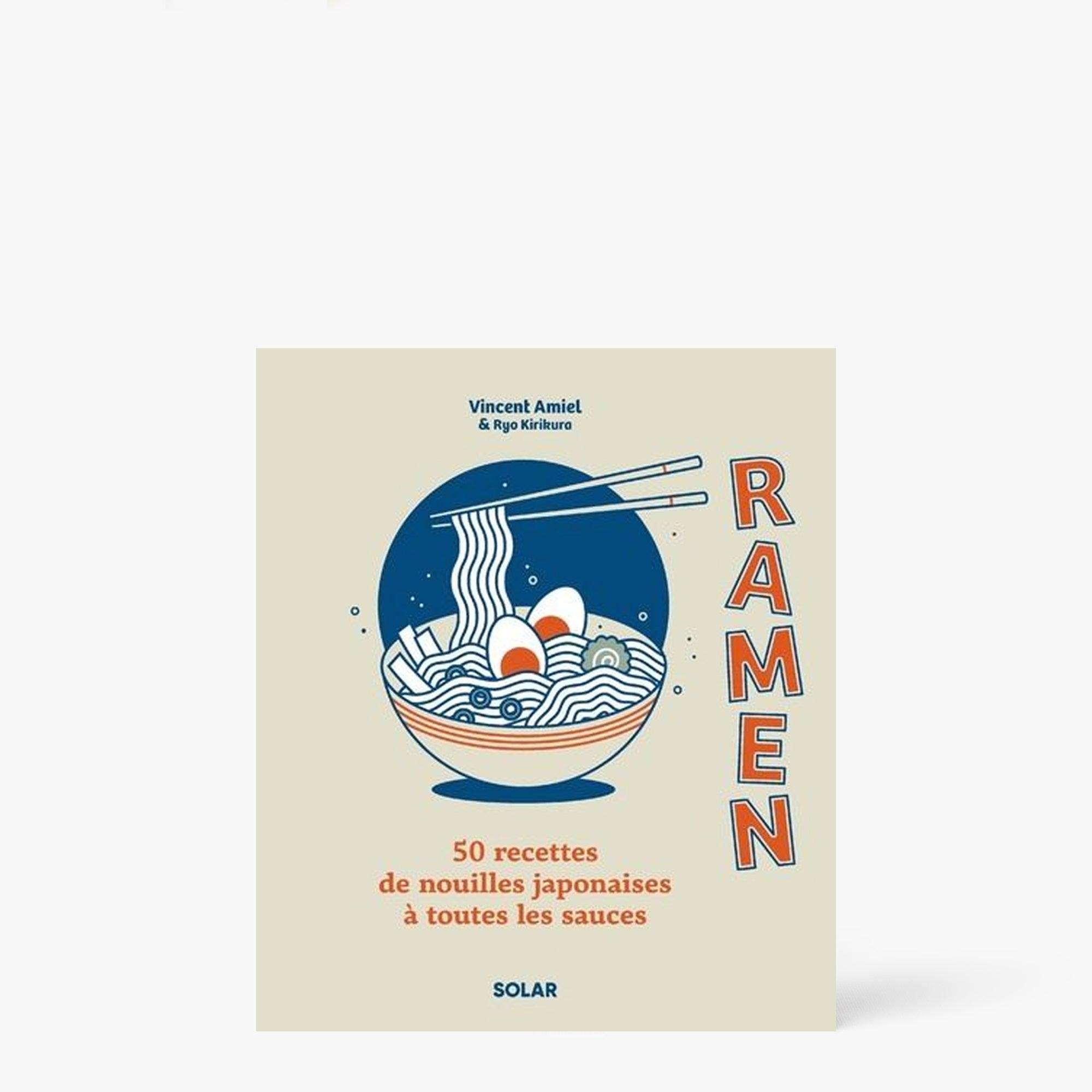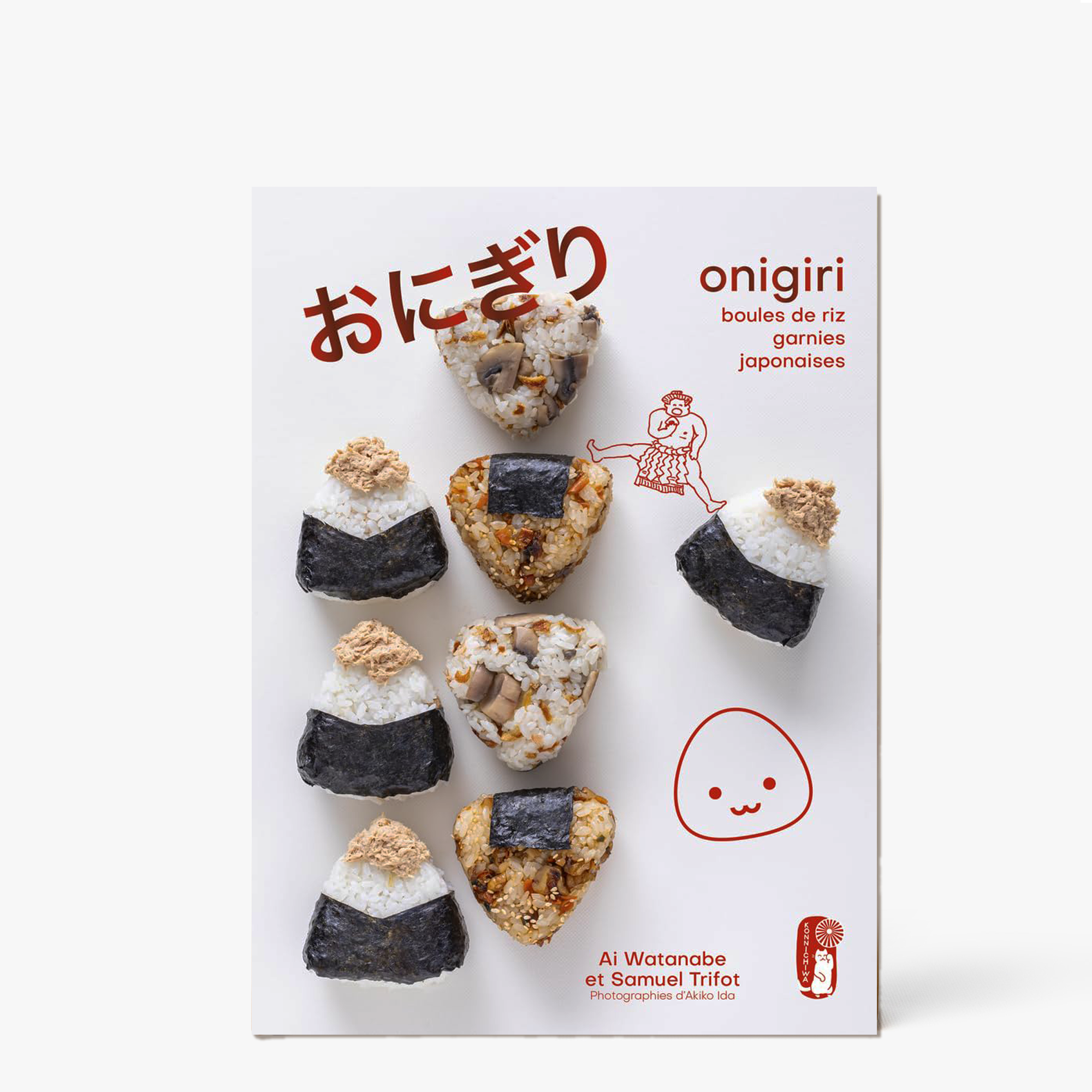Our Japanese recipes
At iRASSHAi, we have a clear goal: to make Japanese cuisine simple and accessible, without losing any of its flavor or charm. Between our restaurants and our grocery store (in-store or online), we have collected recipes that we truly love to cook and share.
Here you will find: classic Japanese cuisine staples, signature dishes from our restaurants, as well as easy and inspired ideas for everyday Japanese cooking.
Each recipe is designed to be practical, precise and straightforward, whether you're a beginner or already at ease in the kitchen. A simple, contemporary way to explore Japanese cuisine at home.
Filter our recipes:
Do you prefer recipe books?
Other articles
Discovering and sharing the richness and diversity of Japanese cuisine has been one of iRASSHAi's objectives right from the start! We're passionate about this culinary universe where tradition and innovation meet, and we're committed to offering you authentic gastronomic experiences, whether in-store or online with these recipes.
That's why we share a multitude of authentic and creative recipes. Some are the recipes of our chefs and teams, our bairmaid or our barista! Whether you're a lover of refined cocktails or passionate about Japanese dishes of all kinds, you'll find something here to satisfy all your gourmet cravings. From popular Japanese dishes like ramen and sushi, to the unique creations of our chefs, we also invite you to share your own recipes for loyalty points!
Each recipe is accompanied by practical advice, stories about its origins and culinary techniques. Whether you're a beginner or an expert in the kitchen, all you have to do is don your maekake!























































